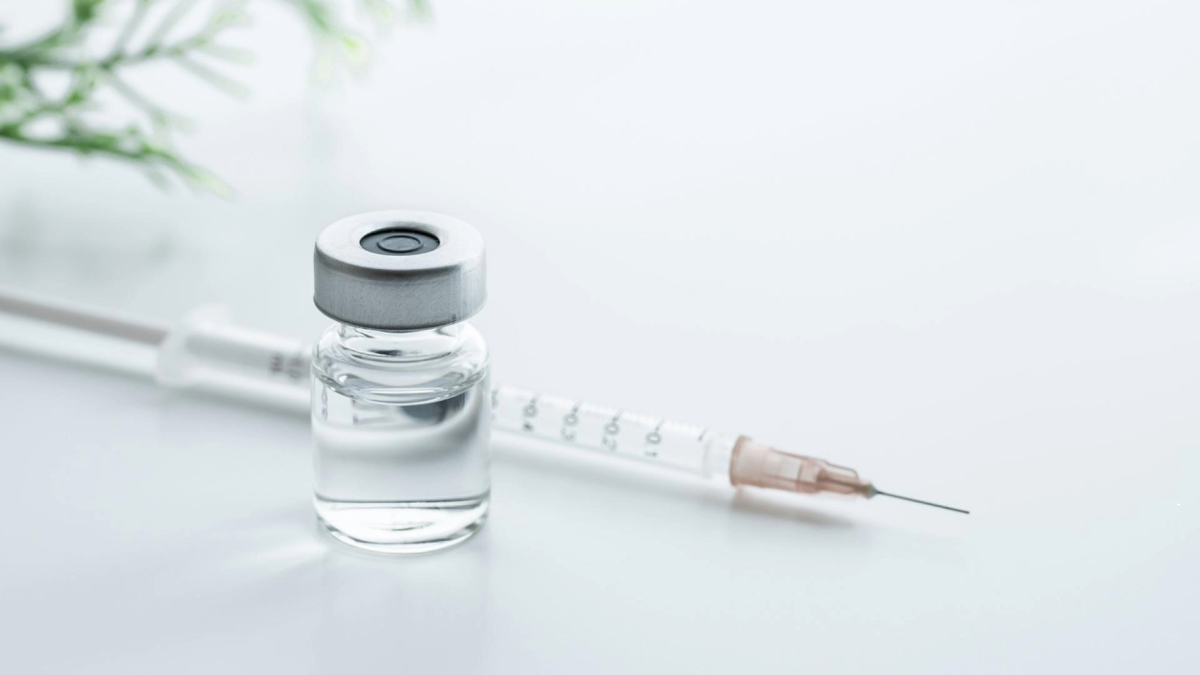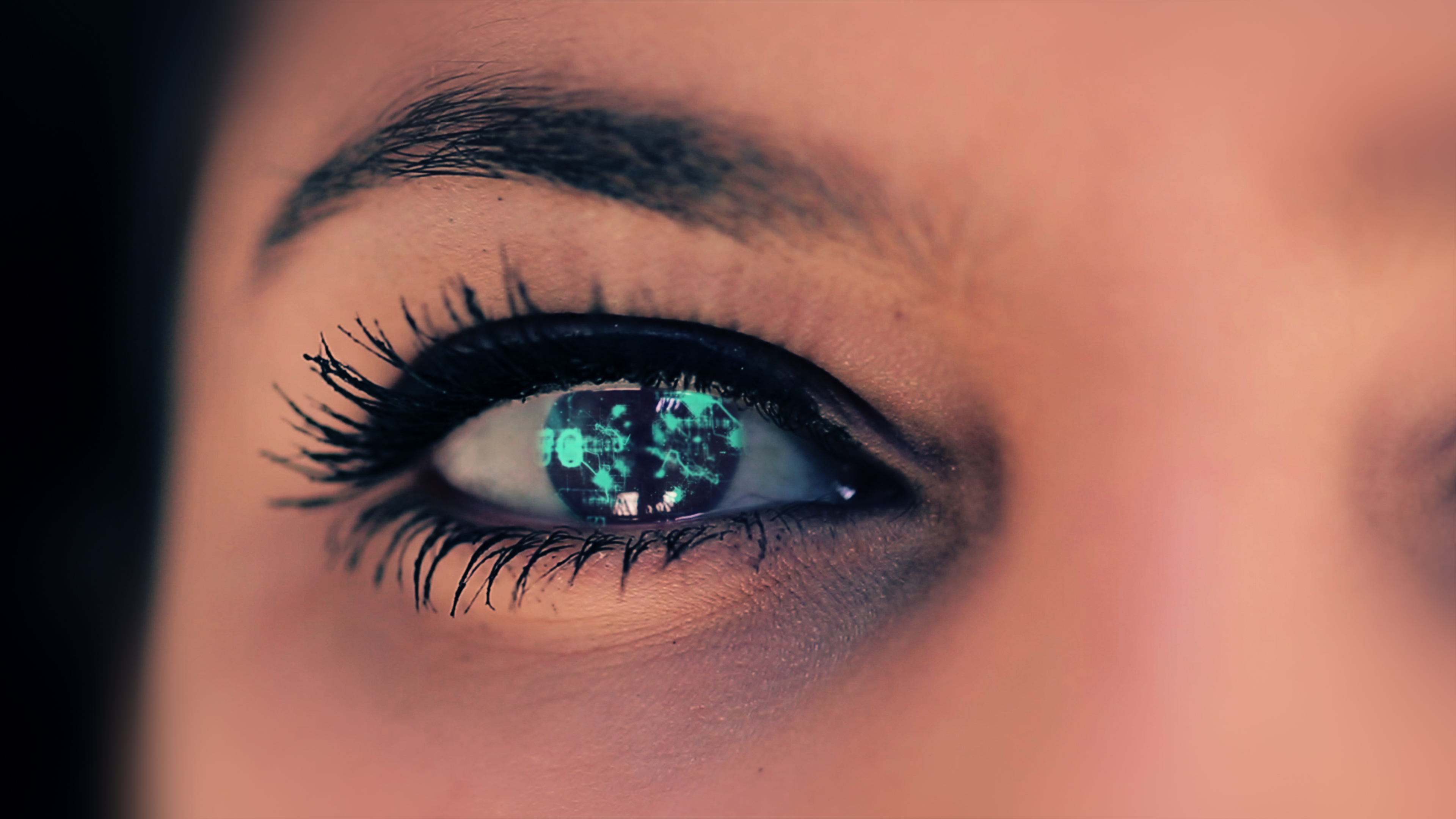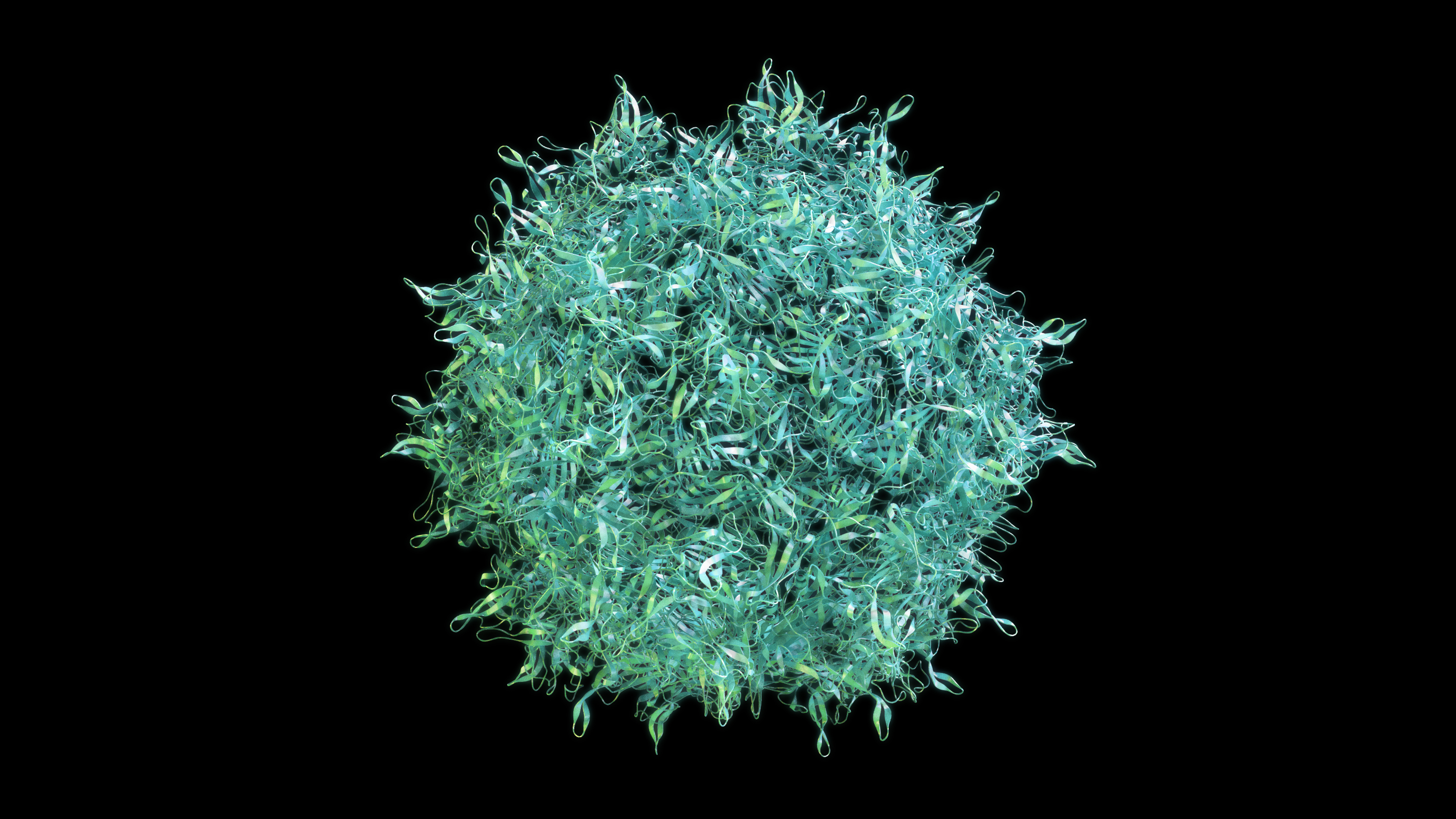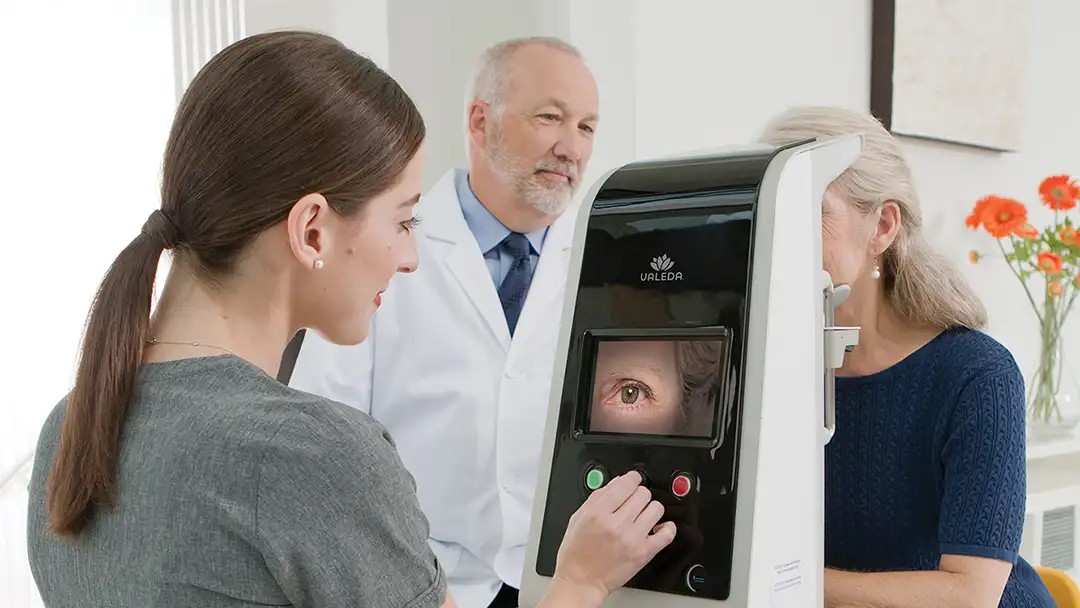
Current treatments for wet age-related macular degeneration (AMD) require eye injections approximately every 4 – 8 weeks. Learn about a potential new treatment that may require less frequent injections.
UPDATE: In October of 2019, the FDA approved Beovu® (brolucizumab).
Patients with wet AMD often ask, justifiably, if any new, longer lasting drugs will become available. While the current drugs, Lucentis®, Eylea®, and Avastin®, protect or improve vision in many patients, they generally need to be injected into the eye every 4-8 weeks. This requires patients and their families to make frequent trips to the ophthalmologist. In addition, there is some discomfort and risk, albeit very small, of complications associated with each injection.
Clinical Trial Results
Recent results from a phase III clinical trial, showed that a new drug called brolucizumab (pronounced broh – luh – siz – yoo – mab) given every 8-12 weeks, as needed, compared favorably to Eylea given every 8 weeks. Specifically, brolucizumab showed superior resolution of fluid that had leaked into the retina out of abnormal blood vessels during weeks 36 to 48 of the study. Importantly, with respect to visual acuity, brolucizumab was at least as good as those treated with Eylea.
How Does the Drug Work?
Like Lucentis, Avastin, and Eylea, brolucizumab inhibits a protein called VEGF, which is produced by retinas of patients with wet AMD and promotes the growth and leakage of abnormal blood vessels, called choroidal neovascularization (CNV). Brolucizumab’s structure is a bit different though, which could influence its ability to penetrate the retina and target the VEGF protein. In addition, the dose of brolucizumab is higher than that of Lucentis, Avastin or Eylea, which may enable it to last longer in the eye. If FDA approval occurs as expected, then brolucizumab could become available this year.
Treatments in the Pipeline
Additional drugs for wet AMD that target VEGF and could last even longer than brolucizumab are in the pipeline. The port delivery system is a device implanted into the wall of the eye in the operating room that can store, and slowly release, Lucentis. It can be refilled during an office visit. Abicipar is another drug that is injected into the eye to target VEGF. A phase II trial shows it can last as long as 12 weeks. RGX-314 is an anti-VEGF treatment delivered by gene therapy. It has the potential to block VEGF for years following a surgical procedure in which a harmless virus, called adeno-associated virus (AAV), carrying the anti-VEGF gene, is injected under the retina.
In conclusion, longer lasting anti-VEGF drugs are expected as soon as this year. Additional research on AMD is identifying new targets for wet and dry AMD, and some of these new drugs have made their way into ongoing clinical trials.
About BrightFocus Foundation
BrightFocus Foundation is a premier global nonprofit funder of research to defeat Alzheimer’s, macular degeneration, and glaucoma. Since its inception more than 50 years ago, BrightFocus and its flagship research programs—Alzheimer’s Disease Research, Macular Degeneration Research, and National Glaucoma Research—has awarded more than $300 million in research grants to scientists around the world, catalyzing thousands of scientific breakthroughs, life-enhancing treatments, and diagnostic tools. We also share the latest research findings, expert information, and resources to empower the millions impacted by these devastating diseases. Learn more at brightfocus.org.
Disclaimer: The information provided here is a public service of BrightFocus Foundation and is not intended to constitute medical advice. Please consult your physician for personalized medical, dietary, and/or exercise advice. Any medications or supplements should only be taken under medical supervision. BrightFocus Foundation does not endorse any medical products or therapies.
- Treatments
- Wet AMD








